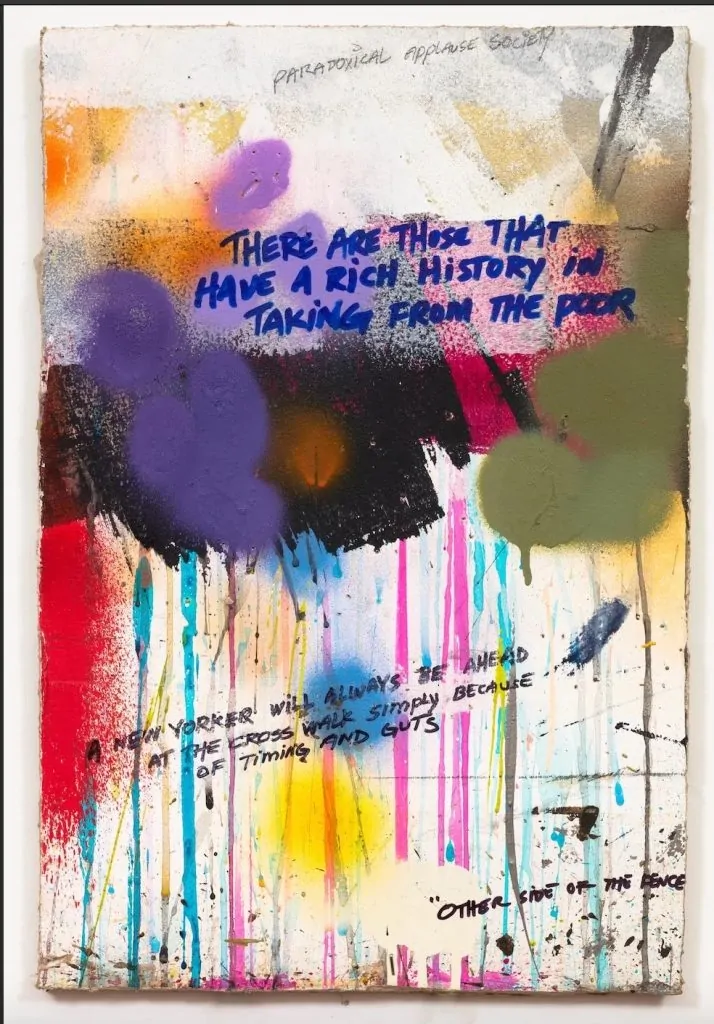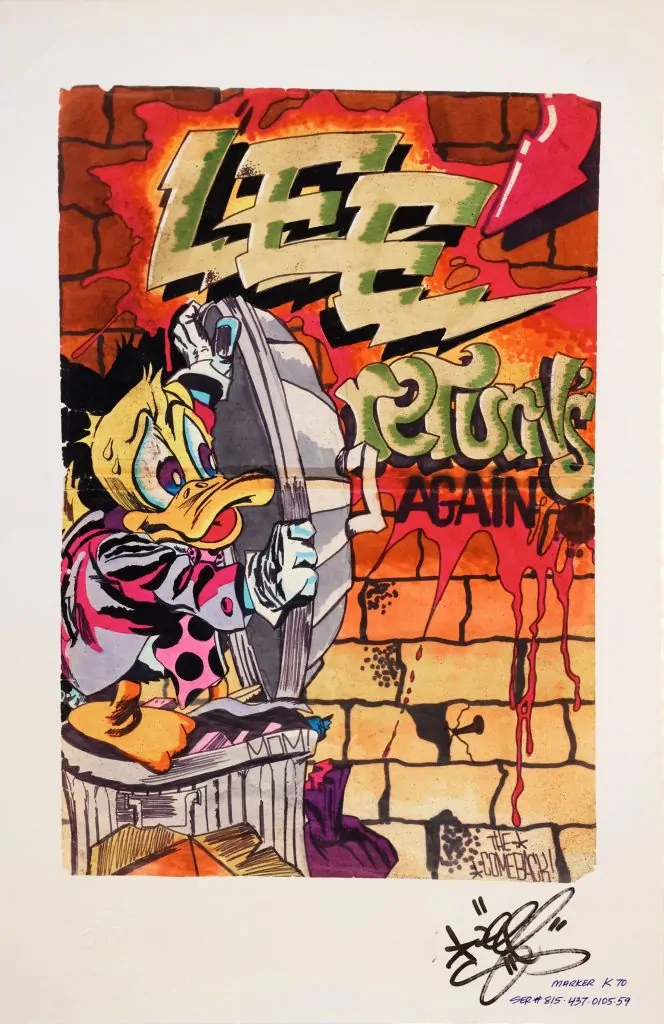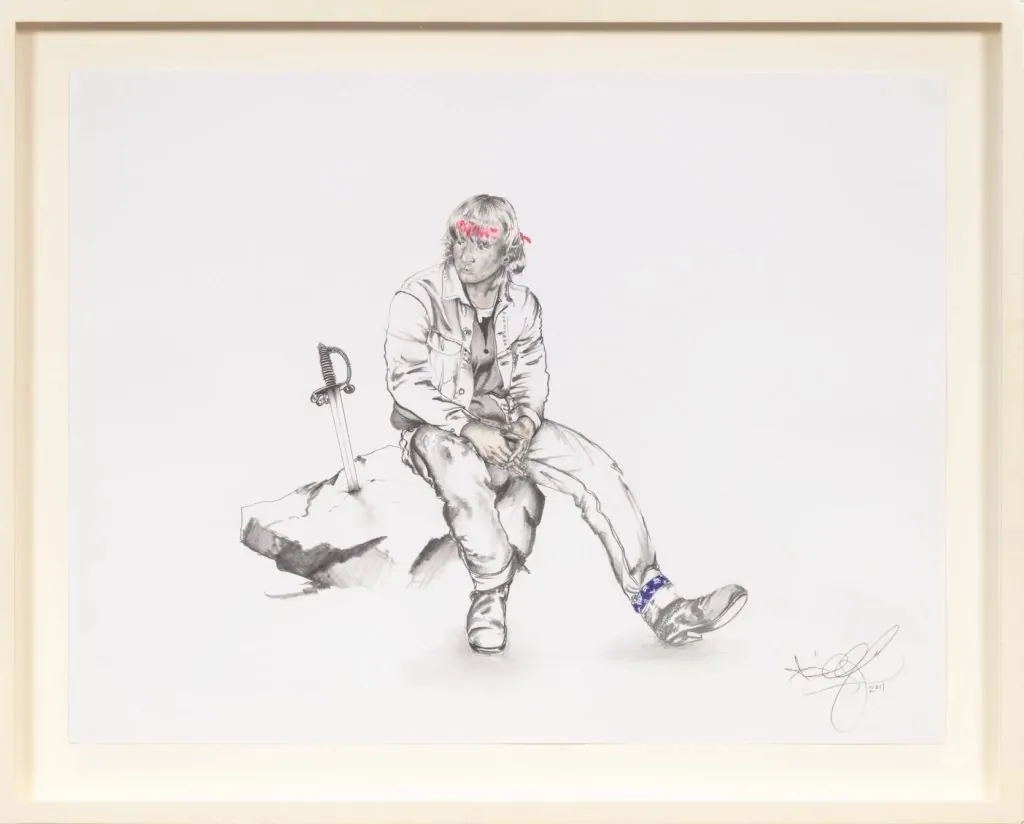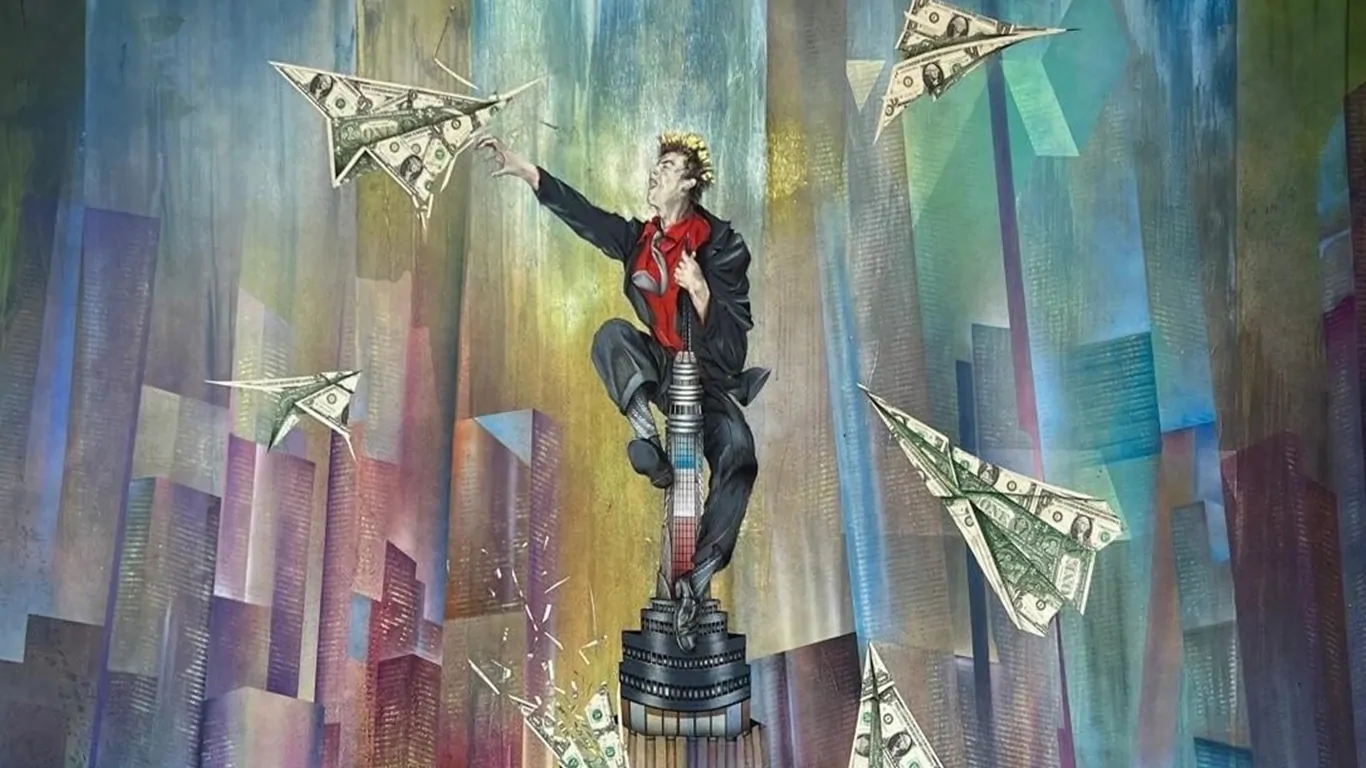The pioneering New York street artist Lee Quiñones presents his first London solo show in forty years with Woodbury House, revisiting his lifelong dialogue between art, activism, and the human condition.
Lee Quiñones: “OUTSIDE IS AMERICA”
20th October, 2025 – 27th November, 2025
Woodbury House
London
When Lee Quiñones first painted the New York City subway in the 1970s, he transformed the city’s walls and carriages into urgent messages about power, class, and survival. This October, the Puerto Rican-born artist returns to London with Outside Is America, his first solo exhibition in the city since New Horizons at Riverside Studios in 1985. The show opens on 18 October and marks a significant homecoming for one of the founders of contemporary urban art.

Tablet #25, 2005
Courtesy of Woodbury House
Born in Ponce, Puerto Rico, and raised in New York City’s Lower East Side, Quiñones began painting subway murals in 1974, using graffiti as a medium for social critique. His 1979 double-car mural Stop the Bomb challenged Cold War rhetoric, while his 1978 transformation of a neighbourhood handball court into a sprawling mural introduced art to public space on an unprecedented scale. That intervention is widely regarded as the first of its kind—a catalyst for the global street art movement.
By the 1980s, Quiñones had moved into the East Village art scene, exhibiting alongside Jean-Michel Basquiat, Keith Haring, Futura, Jenny Holzer, and Martin Wong. Yet his focus has remained unchanged: to confront systems of power and to speak for communities on the margins.
“Art arrives at the time it deserves,” Quiñones says. “A painting made twenty years ago may only make sense today. These works retrospectively carry forward conversations I’ve been having my whole life, about the human condition, about our collective hypocrisy, and how we can possibly move forward together.”
Outside Is America brings together paintings, drawings, and what Quiñones calls his “tablet works”—sections of his studio walls covered in poems, sketches, and bursts of paint. Across them, the artist addresses misinformation, systemic violence, and the erosion of political leadership.

Howard The Duck, 2014
Courtesy of Woodbury House
Among the highlights is Red Dawn (2021), a portrait of Red Cloud, the Lakota leader, infused with Taíno iconography and a sharp twist on a familiar phrase: “get off my lawn” becomes “get off my dawn.” In No Strings Attached (2021), Chuck D of Public Enemy appears as a puppet whose strings have been cut—a reflection on manipulation, displacement, and the enduring fight for cultural agency.
Another centrepiece, Heart In A Hurricane (2009–2025), takes the form of a floor-based installation: a tattered American flag lies beside a tender self-portrait. Quiñones describes it as “a flag and countryman in mourning, land of the slave, no wind in its sails,” a searing meditation on patriotism and loss.
Also included is Wildstyle Heart (1982), a rediscovered drawing made during the filming of Wild Style—Charlie Ahearn’s seminal 1983 film that Quiñones starred in, which chronicled the birth of hip-hop and graffiti culture. Its inclusion bridges the electric energy of downtown New York in the early 1980s with the artist’s ongoing reflections in the present. Quiñones views America today as “a ship with a wheel but no rudder… a giant hurricane where no one knows which way is north, south, east, or west.” His work grapples with that disorientation through wordplay, symbolism, and figuration, demanding awareness and accountability from both viewer and nation.

Disturbing the Piece, 2011
Courtesy of Woodbury House
The exhibition also draws parallels between the urban decay of 1970s New York and London’s own history of devastation and renewal. Quiñones likens the two: “a city disinvested in, left to burn, yet alive with resilience.”
Curator Pedro Alonzo, in his foreword, writes: “Lee’s practice, as well as those of his peers, largely emerged from neighbourhoods and communities that had been devastated by red lining, disinvestment and discriminatory lending policies.”
Through this lens, Outside Is America becomes more than a retrospective—it is a meditation on art’s capacity to endure and to speak when language itself falters.
Lee Quiñones: “OUTSIDE IS AMERICA” opens on the 20th of October, 2025 until the 27th of November, 2025 at Woodbury House
©2025 Lee Quiñones, Woodbury House




